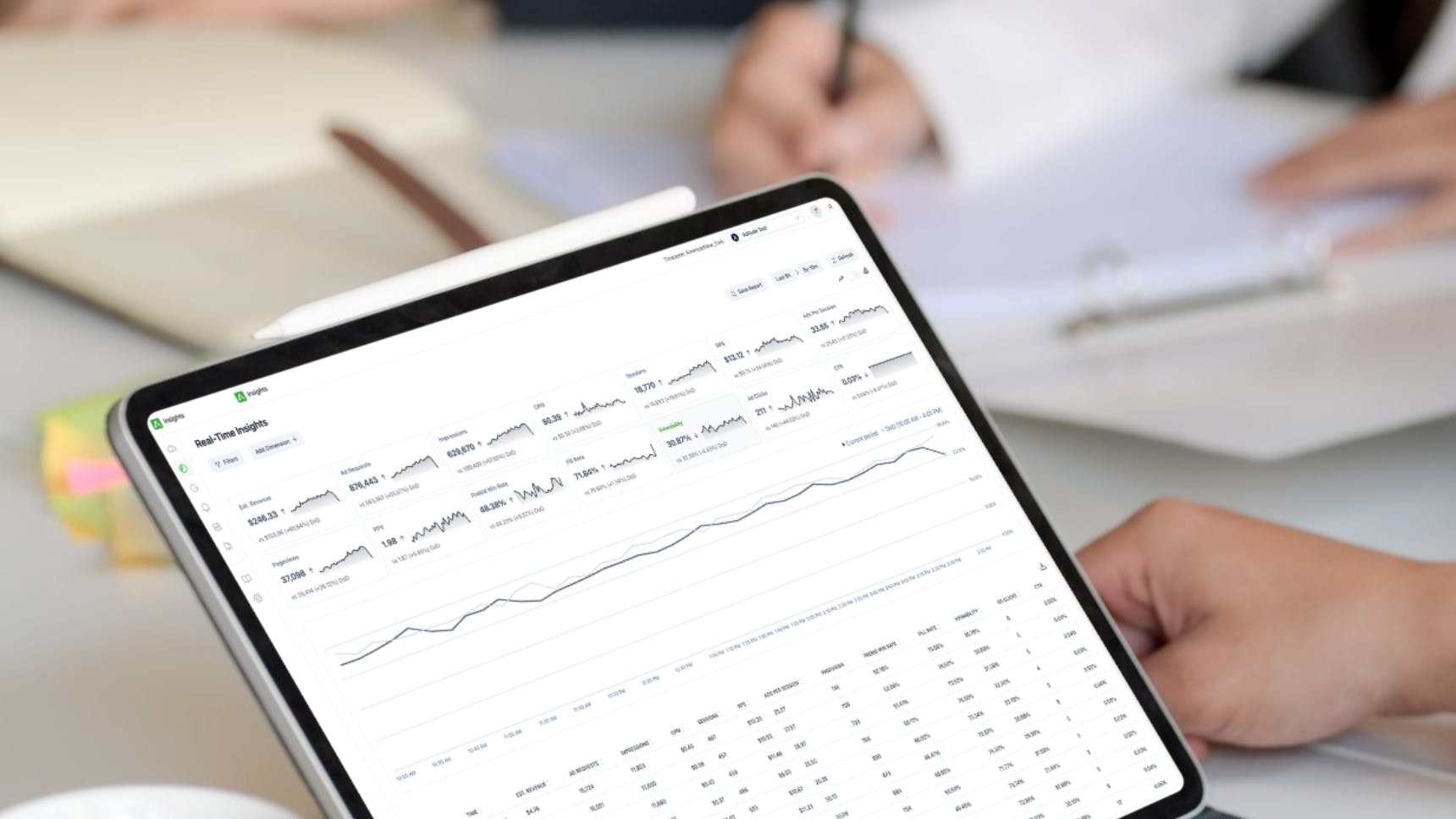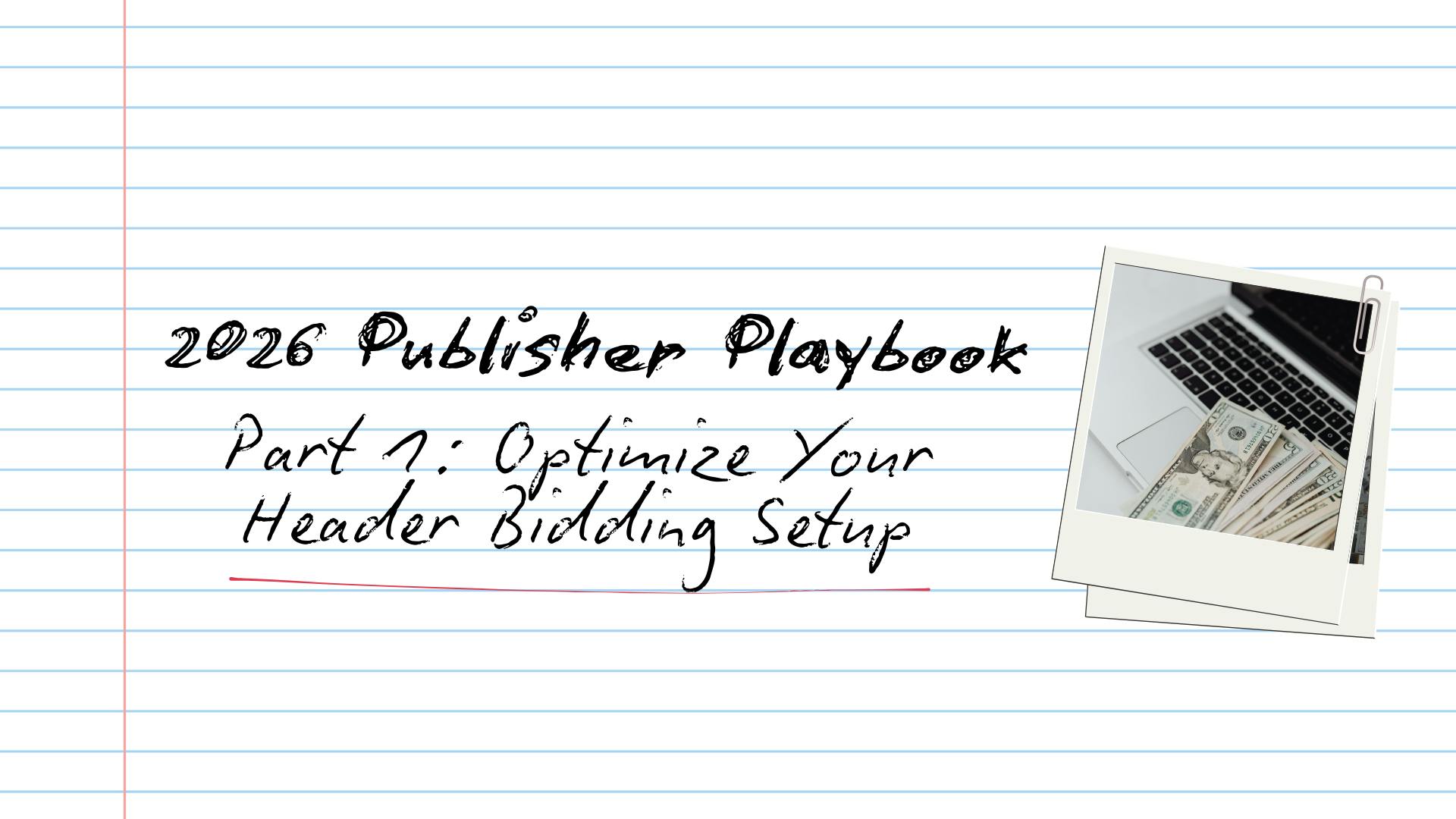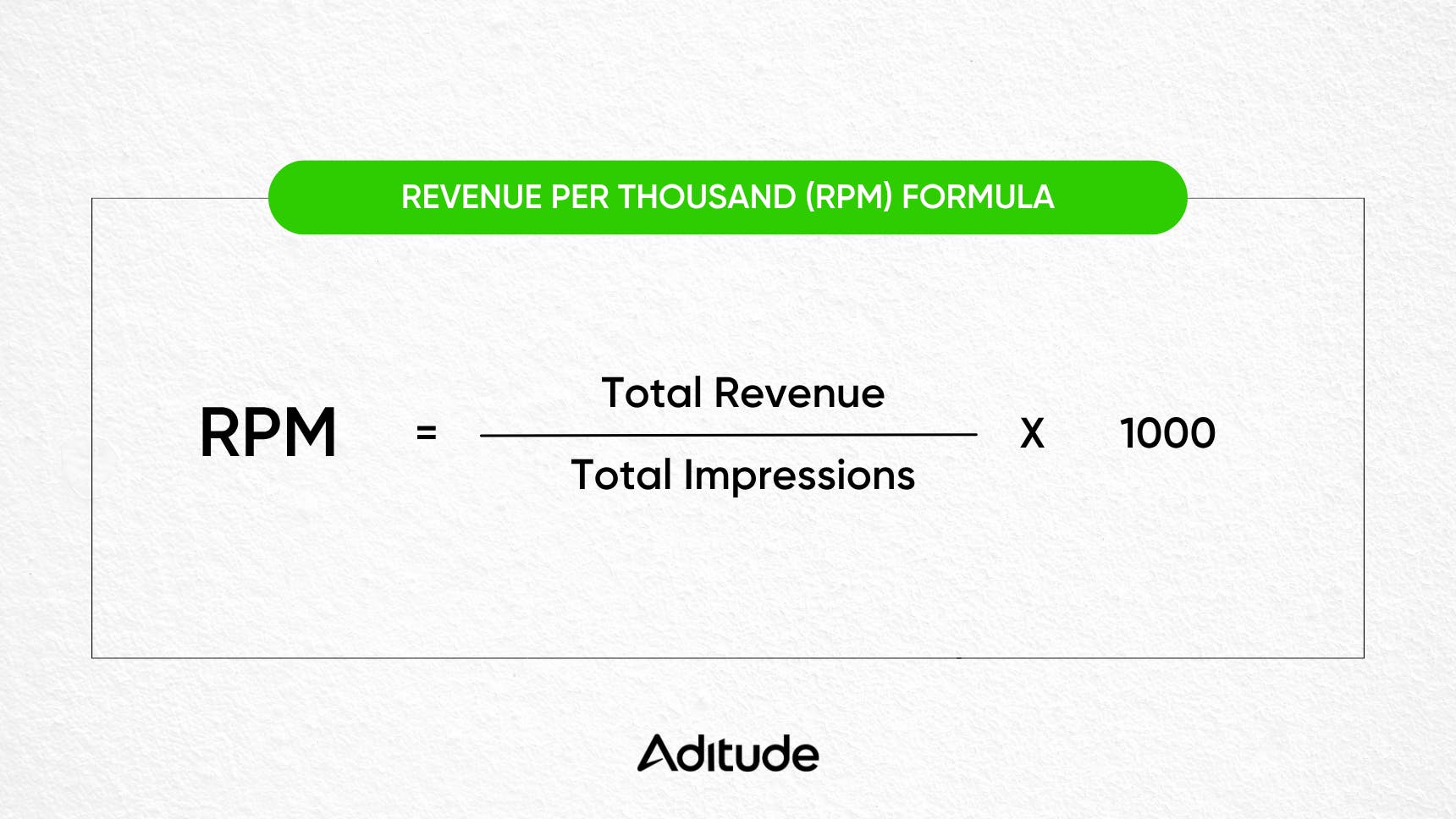Decoding Revenue Per Session (RPS)

In today's digital landscape, where competition is fierce and user engagement is paramount, publishers must arm themselves with the right metrics to navigate the complex world of ad monetization. One such metric that holds immense significance is Revenue Per Session (RPS). Let's explore what RPS entails, why it matters, and how publishers can leverage it to optimize revenue.
What is RPS?
At its core, Revenue Per Session (RPS) measures the revenue generated per user session on a digital publishing platform. It's a simple equation: divide the total revenue accrued within a specific timeframe by the total number of user sessions during that period. This straightforward yet powerful metric offers publishers invaluable insights into their revenue streams.
How to calculate RPS?
Use our RPS calculator or the formula for RPS is:

For example, if a website generates $10,000 in revenue over a month with 5,000 user sessions, the RPS would be $2. This means, on average, each user session contributed $2 in revenue. Use our RPS calculator to quickly determine your own RPS.
The Importance of Embracing RPS
- Data-Driven Decision Making
RPS provides publishers with data-driven insights that empower them to make informed decisions. By tracking RPS, publishers can identify performance issues, optimize ad placements, refine content strategies, and tailor marketing efforts for maximum impact. - Strategic Optimization
With RPS data, publishers can fine-tune sales funnels, implement personalized content recommendations, and adjust marketing strategies to maximize revenue. RPS acts as a guiding light, helping publishers prioritize strategies that directly influence revenue growth. - Holistic Performance Tracking
RPS offers a comprehensive overview of a website’s performance over time. By monitoring RPS, publishers can evaluate the effectiveness of their strategies, track progress toward revenue targets, and make adjustments as needed. - CPM Uplifts
Increasing RPS can lead to higher CPMs by attracting greater demand from advertisers. As RPS rises, publishers experience heightened competition for ad space, driving up CPM rates and expanding revenue potential.
Strategies for Maximizing RPS
To boost RPS and optimize revenue, publishers can implement several effective strategies:
- Improve Page Layouts
Design a streamlined, user-friendly page layout that encourages engagement and minimizes distractions. Optimizing content flow and placing ads strategically within the layout can boost user interaction and increase ad revenue per session. - Optimize Ad Density
Find the ideal balance in ad density—placing enough ads to maximize revenue without overwhelming users. Testing different ad placements and densities can help identify the sweet spot that maintains user experience while enhancing RPS. - Invest in User Experience (UX)
A seamless and intuitive user experience fosters engagement and longer session times. By prioritizing responsive design, fast load times, and intuitive navigation, publishers can increase user satisfaction, repeat visits, and, ultimately, RPS.
Conclusion
Revenue Per Session (RPS) serves as an essential compass for publishers navigating revenue optimization in the digital realm. Understanding RPS allows publishers to gain insights into user behavior, uncover revenue opportunities, and implement effective strategies for maximizing earnings. By treating RPS as their guiding North Star, publishers can steer their way toward digital prosperity and unlock their full revenue potential.
Partner with Aditude to Optimize RPS
Working with Aditude provides not only the tools to enhance RPS but also access to our advanced reporting and analytics platform, Insights. This tool enables real-time monitoring of RPS performance, empowering publishers to make informed decisions for sustainable growth. Book your demo today and see how Aditude can help elevate your monetization strategy.




